2025
Comparably’s Best Company Outlook
* Providing engineering services in these locations through SWCA Environmental Consulting & Engineering, Inc., an affiliate of SWCA.

From the experts we hire, to the clients we partner with, our greatest opportunity for success lies in our ability to bring the best team together for every project.
That’s why:
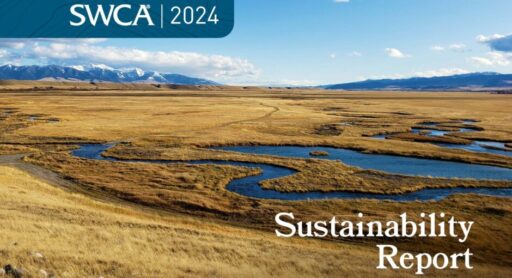
At SWCA, sustainability means balancing humanity’s social, economic, and environmental needs to provide a healthy planet for future generations.
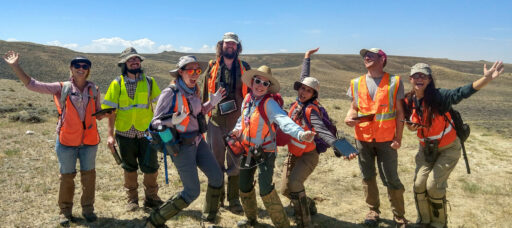
SWCA employs smart, talented, problem-solvers dedicated to our purpose of preserving natural and cultural resources for tomorrow while enabling projects that benefit people today.
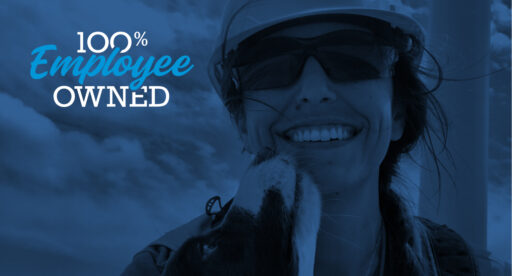
At SWCA, you’re not just an employee. You’re an owner. Everyone you work with has a stake in your success, so your hard work pays off – for the clients, for the company, and for your retirement goals.
UPDATE | New Air Emissions Regulations for Oil and Natural Gas Facilities
The EPA Final Rule has been published in the Federal Register, starting the 60 day clock for compliance. The Final Rule effective date is May 7, 2024.
Brad has a background in chemical engineering and specializes in air quality compliance and permitting, noise impact analysis, health and safety, environmental site investigations, environmental remediation, and NEPA impact assessments.
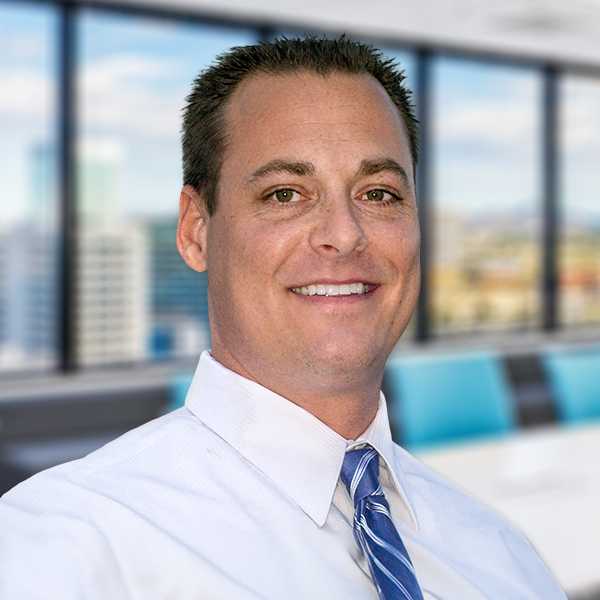
Scott has extensive experience permitting energy projects across the U.S. and managing and completing EAs and EISs in compliance with NEPA. He specializes in managing large multi-disciplinary teams for siting, analysis, permitting, and construction of large projects.
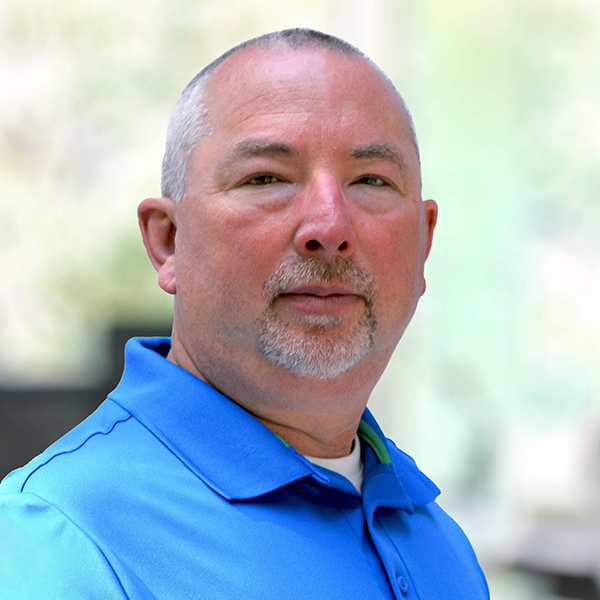
Kayla Shockley serves as SWCA’s Power and Energy Business Line Director, steering nationwide energy strategy and driving business growth across renewable energy—including wind and solar—transmission, oil and gas, and mining market sectors. With over 16 years of environmental consulting and permitting experience, she has managed complex, multidisciplinary projects across all phases of development, including wind and solar energy projects. She excels at developing innovative solutions that support client objectives while ensuring regulatory compliance.


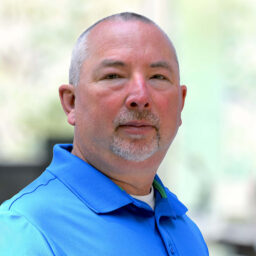

UPDATE: The EPA Final Rule has been published in the Federal Register, starting the 60 day clock for compliance. The Final Rule effective date is May 7, 2024.
On December 2, 2023, the United States Environmental Protection Agency (EPA) finalized a rule that will update and strengthen standards for methane and other air pollutants from oil and natural gas operations. Publication in the Federal Register is anticipated in the near future.
This final New Standard Performance Standard (NSPS), codified as Subpart OOOOb, will affect oil and gas facilities that commence construction, modification, or reconstruction after December 6, 2022. Affected facilities with updated standards include each:
Some equipment or processes not previously regulated include:
The final rule addresses “super-emitter events,” i.e. an emissions event detected by a certified third-party notifier, using remote detection methods resulting in large leaks and releases. EPA expects this final rule to reduce many sources of super-emitter events.
The final rule also includes final updates to the protocol, referred to as Appendix K, for using optical gas imaging (OGI) for leak detection. These final Appendix K updates address conducting surveys, training, audits, and OGI camera requirements and operator qualifications.
The EPA’s new Emission Guidelines, codified as Subpart OOOOc, significantly revises the regulatory framework for greenhouse gas emissions from existing crude oil and natural gas facilities. This update is a part of the EPA’s broader initiative to reduce methane emissions, with the aim of achieving an 80% reduction in methane emissions by 2038. The new rule, applicable to existing facilities that commenced construction, modification, or reconstruction on or before December 6, 2022, encompasses a wider range of emission sources and mandates increased monitoring and reporting requirements.
The implications of these changes are significant for the crude oil and natural gas industry. Facilities will need to adapt to more stringent monitoring and reporting requirements, implement zero-emission technologies for certain equipment, and possibly modify storage and operational practices. This could potentially lead to increased operational costs and the need for technological upgrades. However, it also represents a major step towards reducing greenhouse gas emissions and mitigating the impact on the environment.
Subpart OOOOc gives States and Tribes two years to develop and submit methane reduction plans for existing sources and three years from plan submission date for designated facilities to comply.
Compliance with these new regulations will be crucial for the continued operation and sustainability of these facilities. Please contact the SWCA Air Quality team if you have any questions regarding the applicability, requirements and compliance options of NSPS Subpart OOOOc to your specific facility.
Facilities must be in compliance with these standards as early as 60 days after the final rule is published in the Federal Register, with longer periods allowed depending on type of equipment and method of compliance.
UPDATE: The EPA Final Rule has been published in the Federal Register, starting the 60 day clock for compliance. The Final Rule effective date is May 7, 2024.
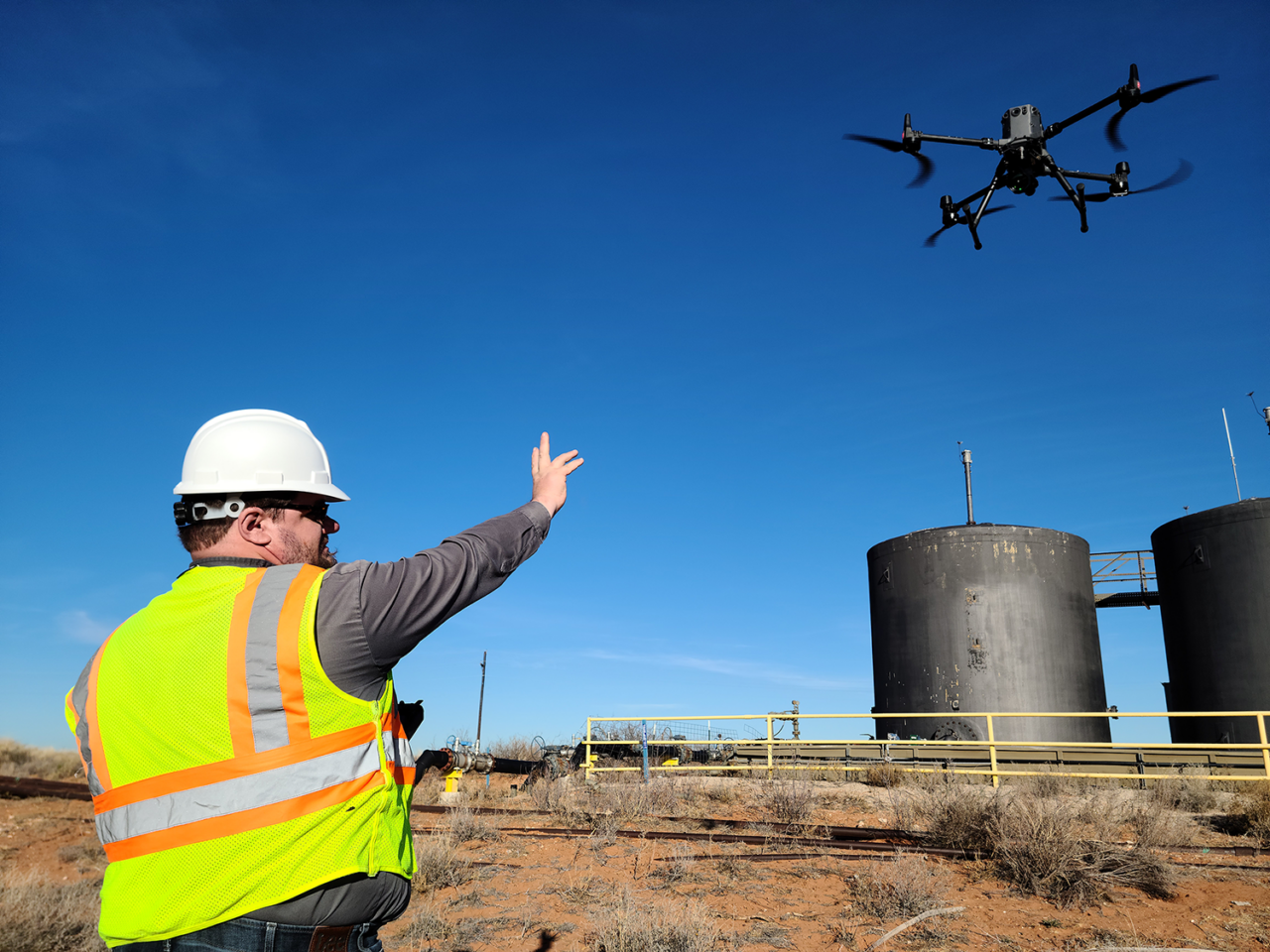
The final rule does recognize and encourage innovation and provides owners and operators the flexibility to use a range of advanced technologies to identify leaks and reduce methane emissions.
SWCA’s data acquisition and air quality services include precision airborne leak detection and fugitive emissions monitoring via drone-mounted sensors, applicability determinations of GHG and VOC standards, and comprehensive compliance program, including strategies, compliance options, and regulatory due dates. Current technology deployments enable us to detect greenhouse gases emitting at 5 parts per million/cubic meter and greater.
These remote sensing capabilities provide numerous efficiencies, including comprehensive coverage of large areas containing hundreds or even thousands of assets, with less manpower and resources than standard fixed location or terrestrial detection methods. We see the implementation of these services as a way for companies to get ahead of anticipated compliance needs, specifically Subpart OOOOb.
Please contact SWCA’s nationwide experts if you have any questions regarding the applicability, requirements and compliance options of NSPS Subpart OOOOb and Emissions Guidelines Subpart OOOOc to your specific facility.